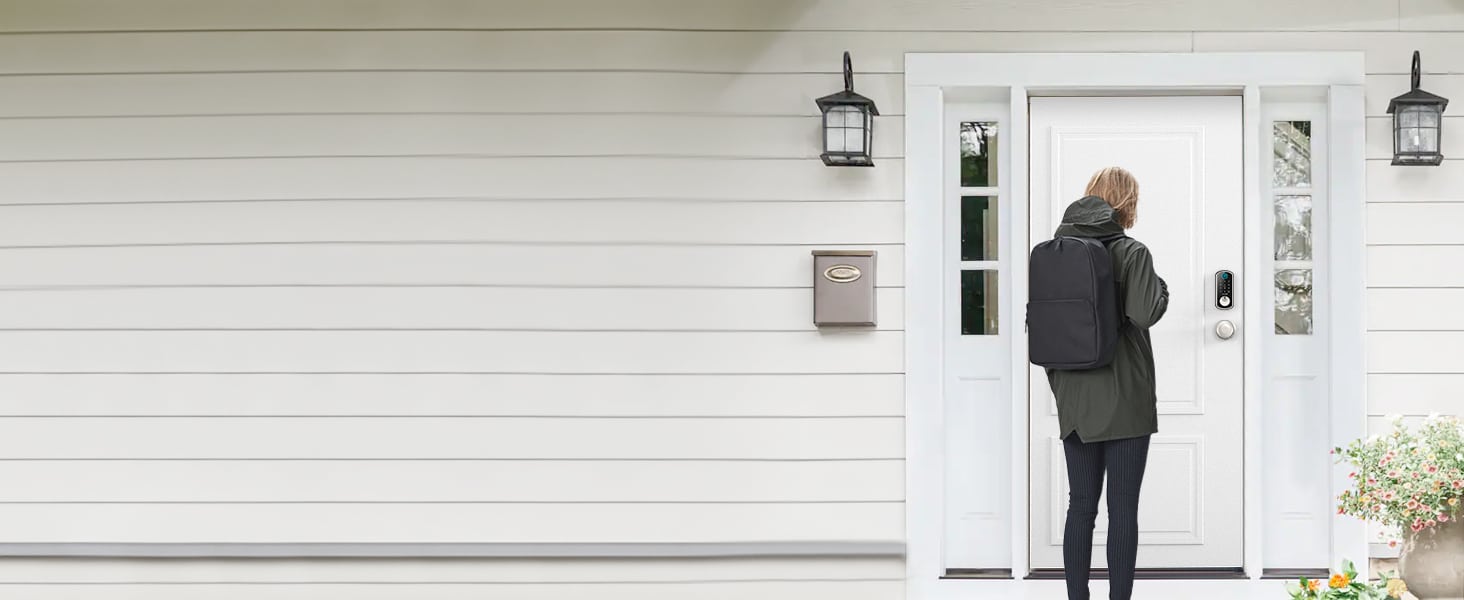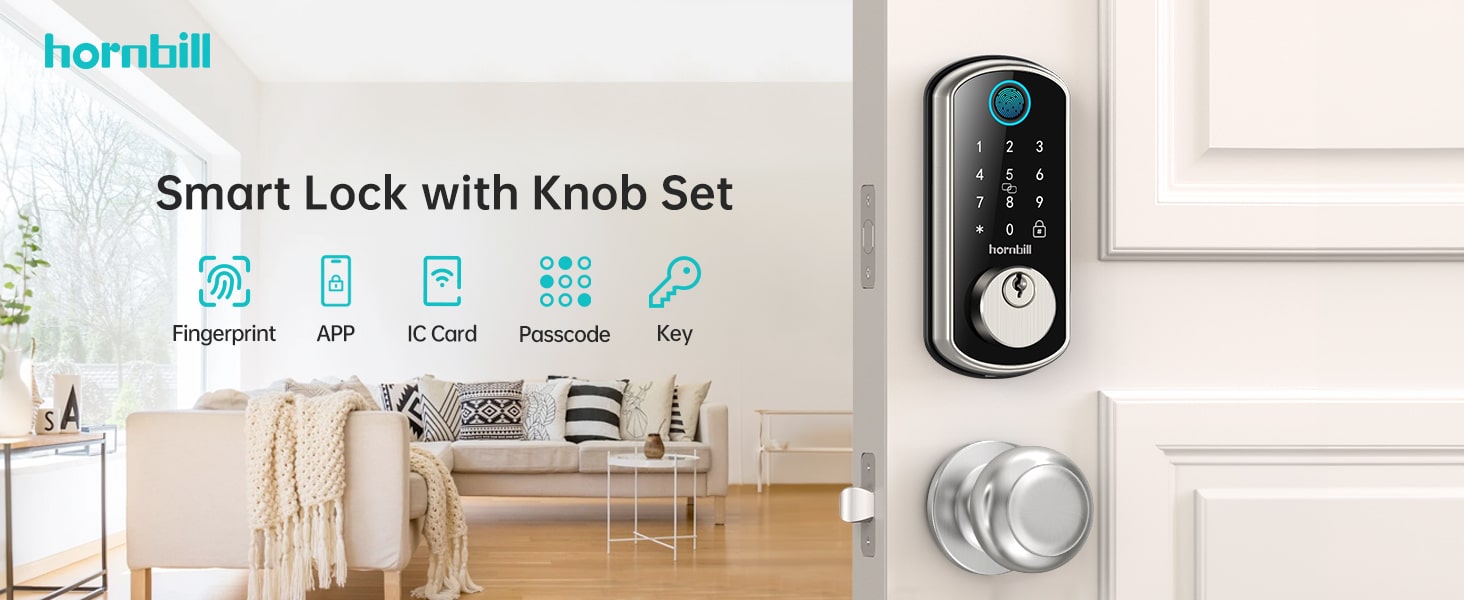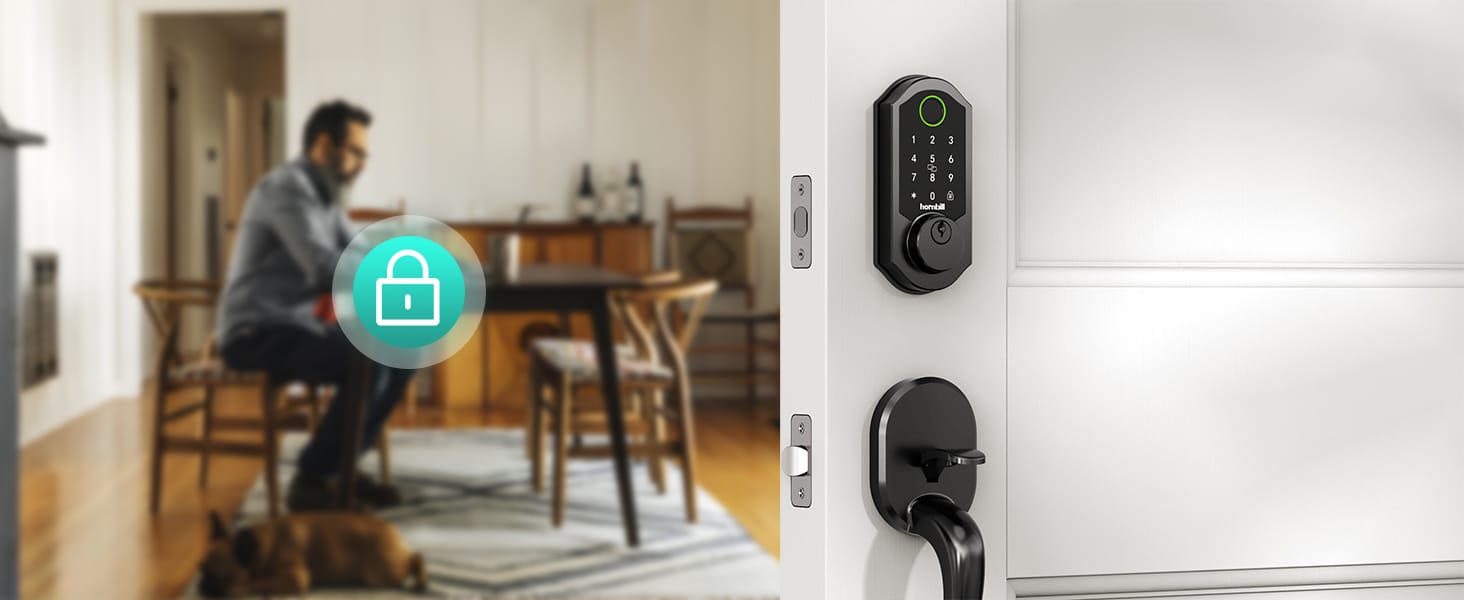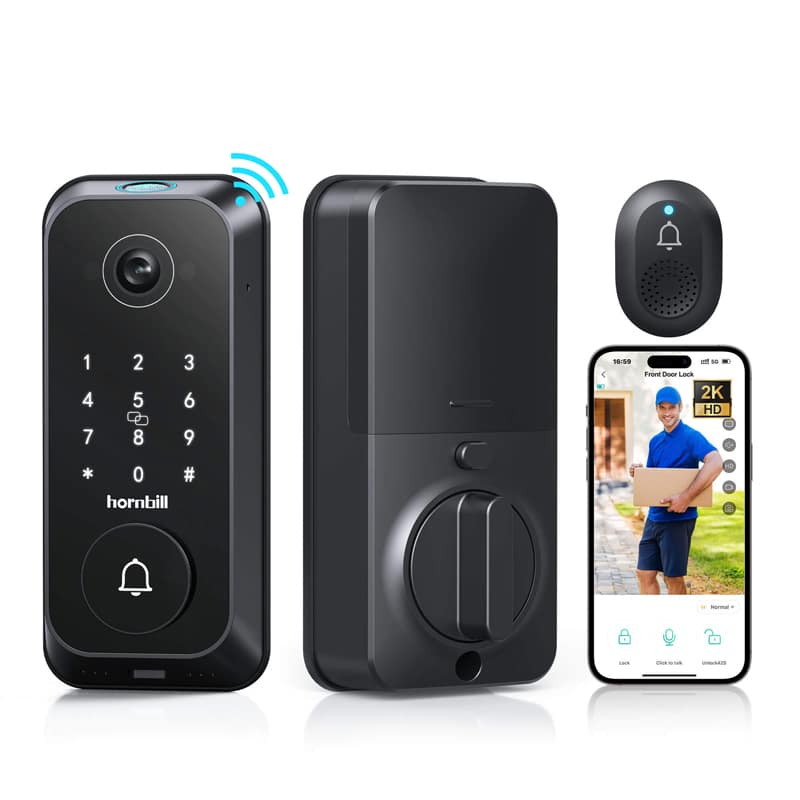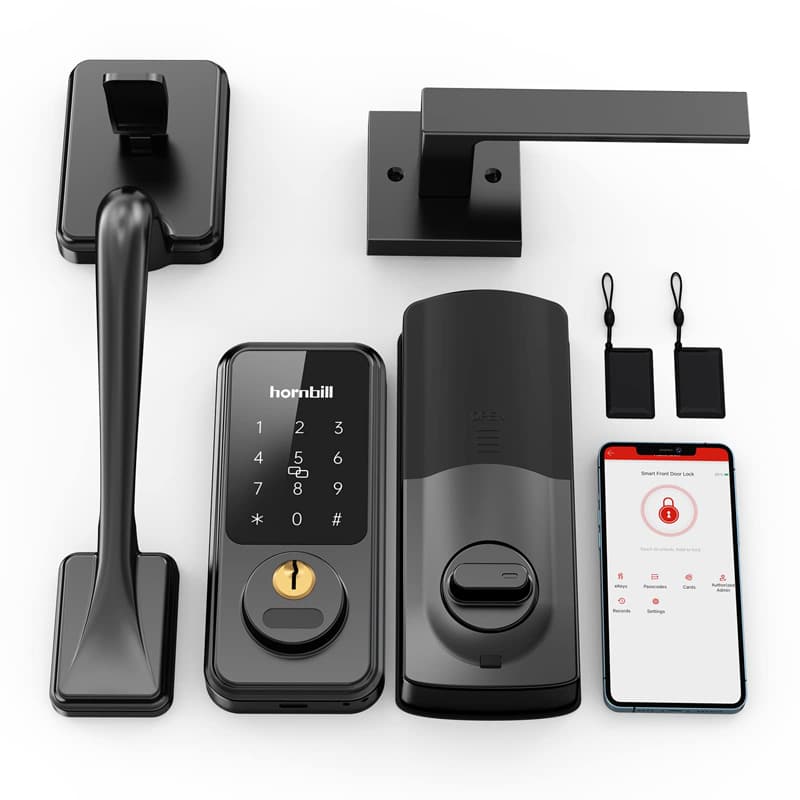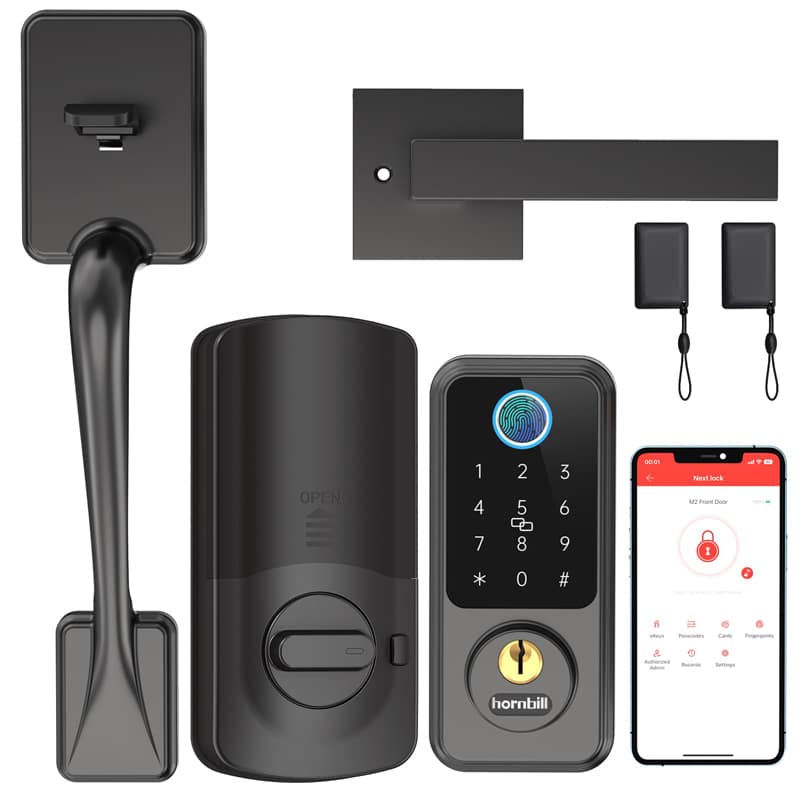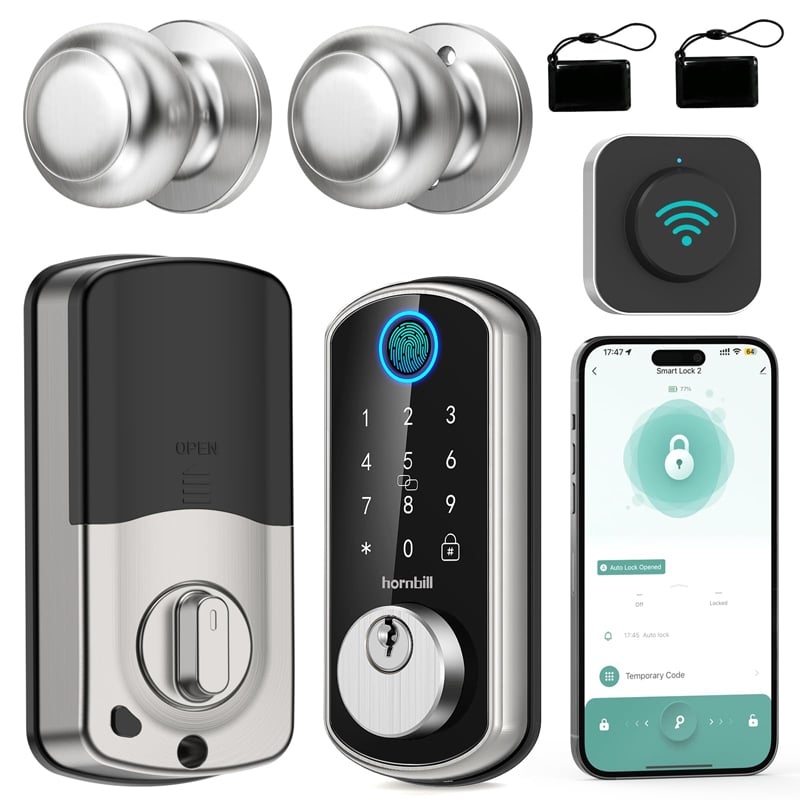The advent of biometric technology has dramatically transformed the security landscape, with fingerprint door locks standing at the forefront of this revolution. Gone are the days when Keys ruled supreme. The rise of locks that utilize our unique fingerprints heralds a new era of convenience, safety, and personalized access. This article sheds light on the rise, functioning, benefits, and future of door locks with fingerprint readers.
Fingerprint door locks capitalize on biometric technology to offer a secure and personalized entry method. Biometrics, in essence, is the use of unique physiological characteristics for identification purposes. Among these, fingerprints have proven to be highly effective due to their unique nature and ease of use. As a result, fingerprint door locks have been universally accepted and employed for both residential and commercial purposes.
Fundamentally, a fingerprint door lock works by scanning a fingerprint placed on the sensor and then comparing it with pre-recorded samples in its database. If a match is found, access is granted, and the door unlocks. The sophistication of this system is such that it virtually eliminates the risk of unauthorized access and duplication, issues that exist with traditional keyed systems.
One distinct advantage of digital fingerprint door locks is their keyless convenience. No longer do people have to worry about misplacing keys, remembering intricate combination codes, or issuing an ample number of keys to allow family members or employees access. A simple touch of their own unique fingerprint on the touchpad and the door opens.
Additionally, being weatherproof, these locking systems can sustain a wide range of environmental conditions, from scorching heat to freezing cold. Coupled with emergency power options and low battery alerts, these locks ensure you’re never locked out of your home or office due to technological glitches.
Fingerprint door locks also cater to evolving smart home trends. Some models can be integrated with comprehensive home automation systems, controlled remotely via smartphone apps, and can even provide real-time updates on who enters or exits the premises.
An excellent example of a fingerprint door lock external is the Hornbill. It combines cutting-edge security with style. This model adopts an automatic sliding cover and a wide touchpad for easy scanning of fingerprints. It can hold up to 100 fingerprints, making it an exceptional fit for both small and large families.
In conclusion, fingerprint door locks represent a significant leap in the evolution of security systems. They champion a transformable approach toward home and commercial security by offering a unique blend of convenience, control, and advanced security. As the world continues its steady march towards technology-driven solutions, these biometric safeguards will undoubtedly play a more prominent role in our day-to-day lives.

